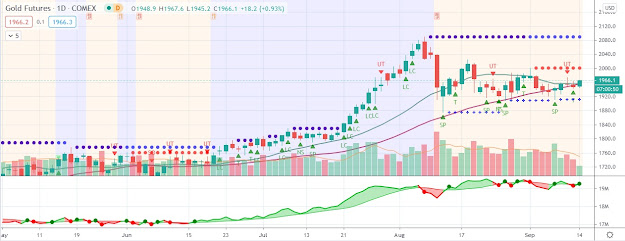Operation Twist program has continued to indirectly benefit gold prices
The Federal Reserve’s Operation Twist program has continued to indirectly benefit gold prices by keeping long-term interest rates artificially low. Under the program, which is scheduled to end in June 2012, the Fed is purchasing longer-term Treasuries and selling equal amounts of shorter-term Treasuries in an effort to keep long-term interest rates near record minimum levels. As a result, the opportunity cost of holding gold – an asset that pays no dividend and offers no yield – has also remained near an all-time low.
This morning, the Wall Street Journal reported that “Economists and traders say there are signs the policy, taken together with the Fed’s pledge to keep interest rates near zero until late 2014, has in fact pushed some investors into competition with the Fed itself. That is keeping yields on the 30-year Treasury bond lower than many expected, even after taking the planned purchases that are part of $400 billion Operation Twist into account.”
“This confluence of factors has caused a rapid shrinking of the number of 30-year bonds that are available to trade, and it is also distorting the 30-year bond yield’s role as an important gauge of inflation expectations,” the report added. Michael Pond, co-head of U.S. interest rate strategy at Barclays Capital, commented that ”If the pace of the economic growth continues to pick up, 30-year bonds at these levels make no sense. [But] as long as the Fed is active in the market, it is tough to fight the Fed.”
This morning, the Wall Street Journal reported that “Economists and traders say there are signs the policy, taken together with the Fed’s pledge to keep interest rates near zero until late 2014, has in fact pushed some investors into competition with the Fed itself. That is keeping yields on the 30-year Treasury bond lower than many expected, even after taking the planned purchases that are part of $400 billion Operation Twist into account.”
“This confluence of factors has caused a rapid shrinking of the number of 30-year bonds that are available to trade, and it is also distorting the 30-year bond yield’s role as an important gauge of inflation expectations,” the report added. Michael Pond, co-head of U.S. interest rate strategy at Barclays Capital, commented that ”If the pace of the economic growth continues to pick up, 30-year bonds at these levels make no sense. [But] as long as the Fed is active in the market, it is tough to fight the Fed.”




Comments
Post a Comment